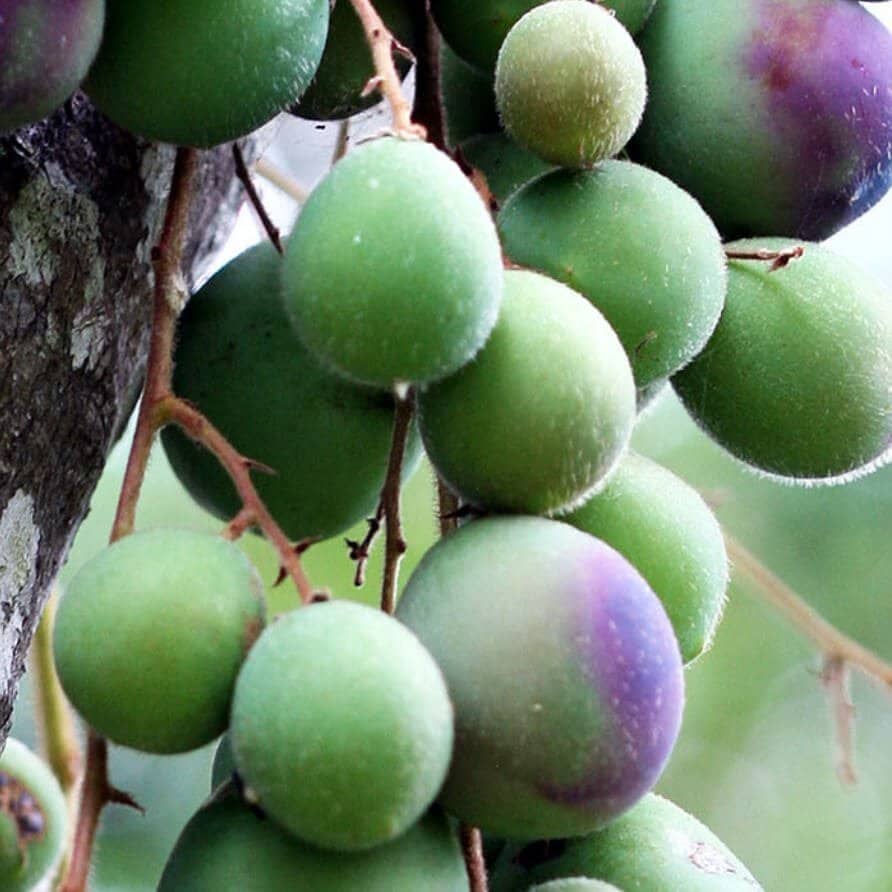Naturally Functional Foods
09/05/2021Gone are the days of seeking simply taste, no matter the form. Today, the consumer wants more, they want a benefit that lasts longer than a mouthful. Similarly, innovative value-added food products need to perform on a variety of levels and ‘fit’ seamlessly into a consumer’s day to day life. Food products need to deliver multiple consumer benefits such as convenience, high in protein and aligned to an authentic and ethical story.
Of all of the megatrends out there, ‘naturally functional’ continues to be the queen of all trends. Above anything else, consumers want the food and beverages they choose to provide a benefit (which they perceive) that is pure, natural and intrinsic to the food itself. Foods such as dates (natural sugar) to oats (naturally sustaining) to chia seeds (natural protein) are widely accepted by consumers as being carriers of a natural benefit and do not need scientific health claims to be communicated.
Functional foods are highly nutritious and associated with multiple health benefits. Sometimes referred to as nutraceuticals, these ingredients go beyond daily benefits but tick boxes to improve health too.
Examples include fruits, vegetables, nuts and seeds. Take turmeric for example; the Antioxidant, anti-inflammatory, and anticancer properties, improvement of brain function, and control of diabetes (Journal of Functional Foods).
“The movement towards a more whole foods/functional food diet is important for our health and wellbeing because certain whole foods contain benefits that help to fight off disease, regulate our weight, support heart health and regulate blood pressure, improve cognitive/mind function, promote healthier skin- improving our body image and energy levels.”
Byron Bay naturopath, nutritionist and founder of Preventative Health Solution, Grace Hawkins (pictured) says that the trend is gaining further popularity as a result of the pandemic creating hyper-awareness around our health and wellness and lack of it. But it is also a reflection of becoming more conscious of the environment and the whole foods movement in supporting it.
But even before 2020, consumers were fueling the US $267B trend seeking specific healthy ingredients; starting with Fibre, followed by vitamin D, calcium, nuts/seeds, and whole grains (Food Technology Magazine). Meanwhile, “fresh” remains the most sought after foods by 77% of consumers.
This month we will get to know functional foods that are gaining momentum in the food world.
SEAWEED
Seaweed has been used around the world for thousands of years with prominence in Asian diets. And while there are 10,000 species of seaweed, you may recognise varieties including nori, dulse, arame, wakame, kelp and spirulina. Seaweed contains a broad range of minerals from calcium to iron. Today, the market size is estimated to be valued at 16.7 billion with a projected compounding annual growth rate of 12.5% (Seaweed Cultivation Market). Meanwhile the benefits to the planet with cultivation requiring a small set up resulting in minimal harm to the seabed and resources. It is even providing new opportunities for small-scale fishing communities in developing countries.
Here in Australia, Dr Pia Winberg is leading the research and development as the founder of PhycoHealth, a Tasmanian startup producing seaweed infused edible goods.
“We make concentrated extracts of a gut fibre that is unique to seaweed, and our particular type of seaweed mimics human connective tissue, producing a specific effect in the gut, as well as supporting the production of collagen and elastin,” says Dr Winberg.
HEMP
Hemp isn’t just hip, it’s healthy! Its growth in popularity as a functional food, topically too, is being proven with products from infused gins to nourishing hand creams. Hemp is rich in protein, Omega3 and 6, is packed full of fibre and offers a plethora of vitamins and minerals.
But it hasn’t always been an easy journey for hemp which was only legalised in Australia for consumption in 2017 when the global industrial hemp market was predicted to reach 26.6B US by 2025. Today, Victoria is leading the production with 80% of hemp grown on the state’s farms (Farmer Magazine).
“Today we utilise hemp for a variety of products, such as non-dairy milk, dietary supplements, weight loss products, bioplastics, and CBD extracts to name a few. The global industrial (food and fibre) hemp market was heading towards a value of over 3 billion USD and predicted to grow to over 30 billion by 2025. While our first crop was not as successful as we would have hoped, local hemp seed is our hero ingredient so we will continue to experiment and bring consumers more unique flavours.” – Rhys Staley, Founder of Natural Distilling Co (pictured).
Native foods
The commercialisation of native ingredients follows continued learning of the nutritive and bioactive components of plants including bush tomato, Kakadu plum, finger lime, muntries and the list goes on.
“Native produce is highly nutritious, delicious and unique to Australia. The nutritional profiles are exemplary, which is why I first entered this market.” Hayley Blieden a dietician and founder of Australia Superfoods Co. sees the incredible opportunity for increasing access to our backyard food bowl.
Native food is also playing a role in boosting opportunities for Indigenous communities in remote areas of Australia. Native ag+food Ideas2Business alumni, Dominic Smith, founder of Pundi Produce is taking the commercialisation of native food and ensuring proper benefits are distributed moving forward.
“One of the reasons I wanted to get into native bush foods and engage the communities is because there is only 1 per cent that is actually Aboriginal-owned farms. A lot of the culture has been lost, but it can be regained by teaching and sharing knowledge among everyone.”
This is a particular area we are focused on supporting and more can be learned here.
“I think Australia has a massive opportunity for unique flavours and there is nothing like it out there except for here.”
Throughout the agrifood system, we are seeing these emerging industries grow from strength to strength as consumers become more educated around their food choices. As the challenges within the agrifood system, from damaging human health impacts of highly processed food to degradation of the environment continue to be exposed, conscious consumers can be the drivers of change.
News














